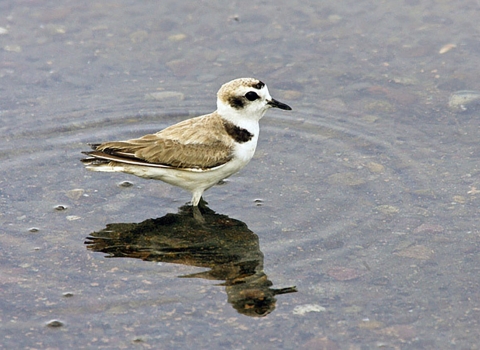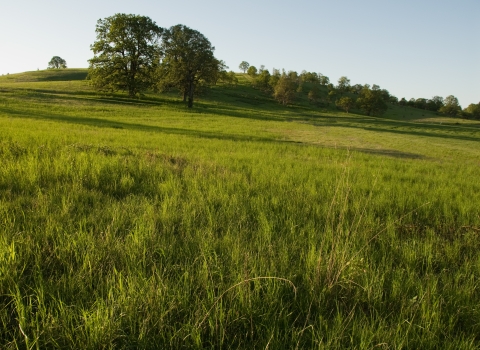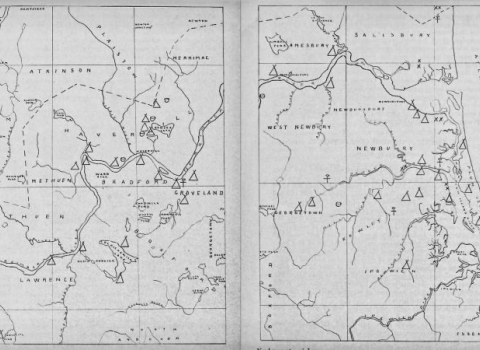Throughout our history, communities of color, low-income families, and rural, Indigenous people have suffered from air pollution, water pollution, and toxics sites near their communities. Environmental Justice looks to change that grim reality: to ensure fair treatment and meaningful involvement of all in the environmental arena. Environmental Justice communities define the environment as “where we live, work, play, learn, and pray.” In recent months, Environment Justice has become a key tenet of the U.S. Fish and Wildlife Service. We are working to ensure that future environmental challenges and opportunities in the United States are more equitably distributed, so, as Martha Williams, the Principal Deputy Director of the U.S. Fish and Wildlife Service, says, “Your economic status or race does not determine whether your neighborhood gets a national wildlife refuge or a wastewater treatment plant.” We are also working to reduce the impact and frequency of environmental crises in Environmental Justice communities. Here are a few ways we are working toward Environmental Justice.
- Working Toward Environmental Justice
- What’s New with Environmental Justice? A Lot.
- Denver’s Rocky Mountain Arsenal National Wildlife Refuge: A Refuge for All
- The Lower Elwha Klallam Tribe, Lamprey, and Restoring a Way of Life
- Restoring Ecology & Building Equity on the Banks of the Rio Grande
- Alaska Native Community and the Service Pull Together to Safeguard Pacific Walruses on Shore
- Clay Stern: Rewriting history through NRDAR
- Our Public Civil Rights Program Ensures Access for All to Public Lands
- Conservation Plan in Texas Promotes Species Habitat Restoration, Supports Environment Justice
- This article is from the summer issue of Fish & Wildlife News, our quarterly magazine.
- More Fish and Wildlife News, including how to subscribe to our Fish and Wildlife News email list.



